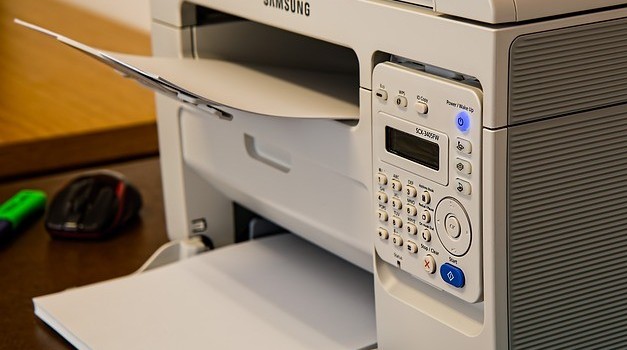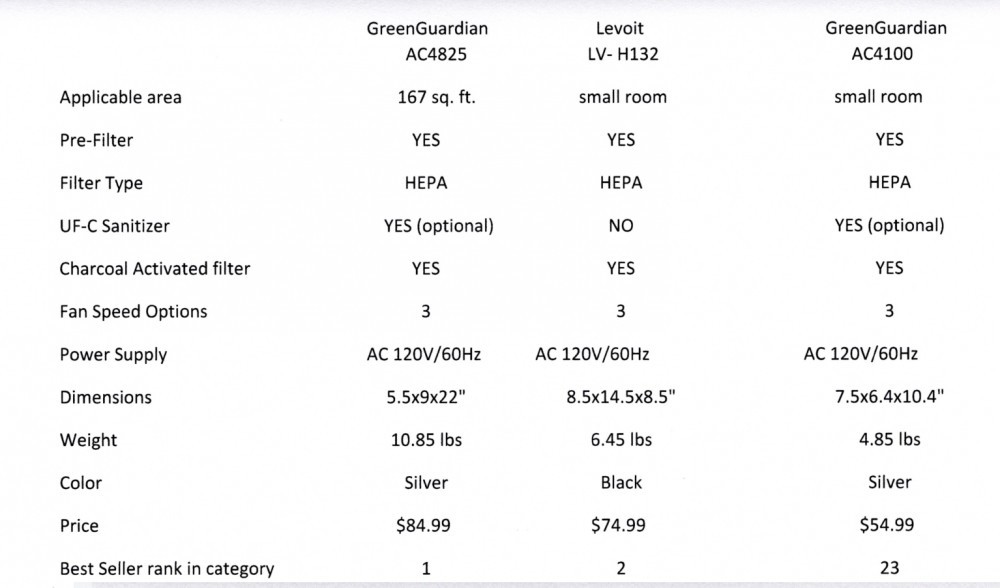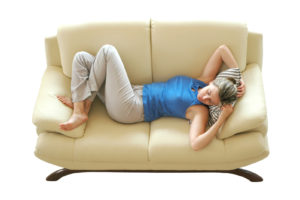I previously wrote about the importance of Indoor Air Quality (IAQ) in our efforts to fight Covid-19. Although Covid-19 is now receding we still must remain vigilant and keep viruses out of our indoor air. In addition, we should now also consider the danger posed to our IAQ by climate change.
What the Scientists tell Us
The impact of climate change on air quality in the USA is a complex issue. Here are some key points based on recent studies and reports.
- Climate Change and Air Quality: Climate change can affect air quality, and certain pollutants can affect climate change. For example, hot sunny days associated with a warming climate can increase ground-level ozone in some areas. Ground-level ozone is also a greenhouse gas that contributes to climate change by trapping heat in the atmosphere.
- Increased Pollutants: Climate change is expected to increase the prevalence of two air pollutants most harmful to human health: particulate matter (PM2.5) and tropospheric ozone. PM2.5 are tiny particles emitted by vehicles, power plants, wildfires and other sources. They can get lodged in people’s lungs, and enter the bloodstream, causing or exacerbating numerous health problems.
- Regional Impacts: The effects of climate change on air quality will continue to vary byregion. In many areas in the United States, climate change is expected to worsen harmful ground-level ozone, increase people’s exposure to allergens like pollen, and contribute to worsening air quality.
- Wildfires and Air Quality: The West will be particularly hard hit by increasing amounts of PM2.5 emissions as wildfires become more frequent and severe.
 Already in California, the number of “green” and “yellow” days on the air quality index has decreased, with significant upticks in more harmful days.
Already in California, the number of “green” and “yellow” days on the air quality index has decreased, with significant upticks in more harmful days.
Common Pollutants found in Indoor Air
Here are some common pollutants found in indoor air in areas affected by climate change:
- Particulate Matter (PM): Increased wildfires and dust storms can lead to higher levels of particulate matter indoors.
- Carbon Monoxide (CO): Use of portable generators during power outages can increase CO levels indoors.
- Volatile Organic Compounds (VOCs): Emissions from air fresheners, paints, cleaning supplies, and furniture can release VOCs.
- Mold and Moisture: Increased humidity and flooding can promote mold growth and increase indoor dampness.
- Nitrogen Dioxide (NO₂): Emissions from fireplaces, space heaters, and gas stoves can increase NO₂ levels indoors.
- Biological Contaminants: Dust mites, bacteria, and other biological pollutants can thrive in damp conditions.
- Radon: Contaminated soil and water can emit radon gas indoors.
These pollutants can have various health impacts, including respiratory diseases, heart disease, and other serious health conditions. It is essential to monitor and manage indoor air quality, especially in areas affected by climate change.
Another significant indoor pollutant is carbon dioxide (CO2). While often less talked about, high levels of CO2 can impair cognitive function and overall well-being. An accepted safe level for indoor CO2 is 1000 parts per million (ppm). When levels creep above this, it is a signal that ventilation is inadequate, which can lead to a concentration of not just CO2 but other pollutants as well.
It is not just the composition of air that matters, but also how often it is replaced. Ventilation rates should consider the level of CO2 inside as well as the concentration of pollutants outdoors. And, here is a point I emphasize: ventilation is key. A steady supply of fresh air helps dilute and remove airborne contaminants.
Recognizing the symptoms that suggest the air quality in your environment might be lacking is vital. If you are experiencing frequent headaches, dizziness, fatigue, or respiratory complaints, it could be a sign that the air in your home or office is not as clean as it should be.
Recommended Actions to Reduce Indoor Air Pollutants
To identify the specific pollutants in your indoor air it is best to use an Air Quality Monitor. Air Quality Monitors come in a variety of complexities from simple instruments to detect CO2 to advanced models designed for precise simultaneous measuring levels of PM2.5, CO, VOCs, and humidity.
However, regardless of your particular indoor air problems, and while you await the Air Quality Monitor results, it is always good to start by installing an Air Purifier with an HEPA filter that can eliminate air viruses, PM2.5 particles, and larger pollutants like pollen and animal dander. This is particularly important for individuals with allergies or asthma.
Air Purifiers also come in a wide variety of designs and complexities. After you study the findings of the Air Quality Monitor you will be able to determine what additional equipment is required in your indoor environment to achieve optimum air quality.
In future articles I will examine in detail Air Quality Monitors and Air Purifiers that are best suited to different room sizes and uses such as living areas, bedrooms and children’s rooms.
Improving Indoor Air Quality: Strategies and Best Practices
You can take several effective steps to ensure your indoor air quality is at a level that supports health and well-being. Good ventilation is CRUCIAL. It reduces the concentration of CO2 and lessens the presence of harmful fine particles. Make it a habit to open windows when weather and outdoor air quality permit. If you live in a busy urban area with high outdoor pollution, consider mechanical ventilation systems that bring in filtered fresh air.
Air purifiers play a pivotal role too. When selecting one, do not just focus on its ability to filter out fine particles; make sure it’s also effective against larger pollutants like pollen and animal dander.
Maintenance is just as important as the initial selection of your air-cleaning devices. Regularly changing filters and servicing your HVAC system ensures they function efficiently, preventing any degradation in air quality.
Monitoring your indoor air can keep you informed and proactive. Invest in an indoor air quality monitor that measures levels of CO2, particulate matter, and other pollutants. This will allow you to make timely adjustments to your living environment.
Sometimes, it is the small lifestyle changes that make a big difference. Use cooking vents, keep your home clean to minimize dust accumulation, and avoid smoking indoors. These simple acts can significantly improve the air you breathe daily.
In conclusion, maintaining healthy indoor air quality is a dynamic process. It requires a combination of GOOD VENTILATION, appropriate purification technology, diligent maintenance, regular monitoring, and practical lifestyle habits. By being attentive to the air inside your home or workspace, you contribute to your health and that of your loved ones.

Remember, breathable air is the essence of life and maintaining its quality indoors is a responsibility we all share. Now is the time to get started. Get an Air Purifier for your home.

Carlos
P.S. For product details click on highlighted text above

 INTRODUCTION
INTRODUCTION
 On June 22, 2013, Pakistan’s Sindh Forest Department set a Guinness World Record when 300 people planted 847,275 trees in 24 hours [3].
On June 22, 2013, Pakistan’s Sindh Forest Department set a Guinness World Record when 300 people planted 847,275 trees in 24 hours [3].











